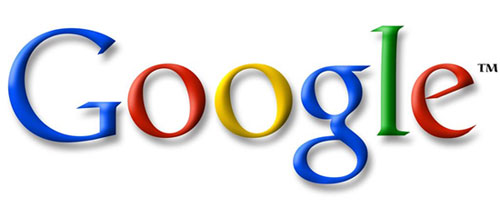 Google Inc. is giving Web surfers a few more ways to refine their search results, signaling its resolve to ward off rival Microsoft Corp.’s aggressive campaign to lure traffic.
Google Inc. is giving Web surfers a few more ways to refine their search results, signaling its resolve to ward off rival Microsoft Corp.’s aggressive campaign to lure traffic.
The changes announced Thursday might be hard to notice because they require clicking on a “show options” link above Google’s search results. The feature has been around since May, making it possible to focus the results exclusively on videos, discussion forums, reviews or books. Now news and blogs are joining the list of options.
Microsoft introduced similar features for limiting search results to specific categories as part of a June upgrade that renamed its search engine as Bing.
In another new wrinkle, Google is allowing users to limit the listed results to information indexed within the past hour. Google already had options that restricted results to the past day, week or year.
Google’s users also will be able to tell the search engine whether they want to see more or fewer results geared toward shopping.
The extra bells and whistles are being introduced while Bing has been helping Microsoft gain momentum in search, a lucrative field because it drives so much of the advertising on the Web.
Helped by a $100 million marketing campaign, Microsoft’s U.S. share of the search market climbed to 9.3 percent in August from 8 percent in May, according to comScore Inc. Meanwhile, Google has been able to maintain its huge lead, handling 65 percent of U.S. Web searches.
Microsoft hopes to process even more requests beginning next year by handling searches for Yahoo Inc., which has been processing 19 percent of U.S. search queries. Even though it plans to rely on Microsoft’s technology, Yahoo also has been adding more features to its search results in hopes of gaining more traffic, too.
Google said its latest changes were driven by the shifting demands of its audience
“Our users are asking more and more from search engines,” said Nundu JanakiRam, an associate product manager for the Mountain View-based company. “They have questions that we didn’t even dream they would be asking a few years ago.”
Editors' Recommendations
- Microsoft Word free trial: Get a month of service for free
- The best resume templates for Google Docs
- How to double space in Microsoft Word
- How to do hanging indent on Google Docs
- The most common Microsoft Teams problems and how to fix them


